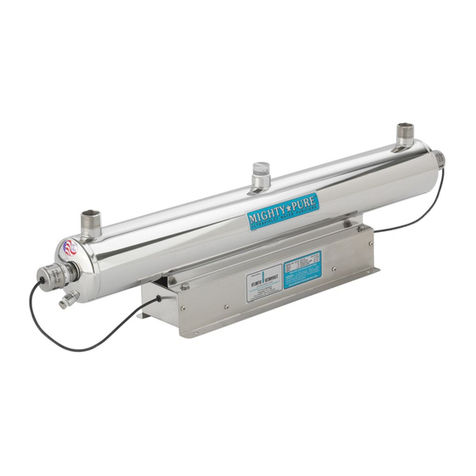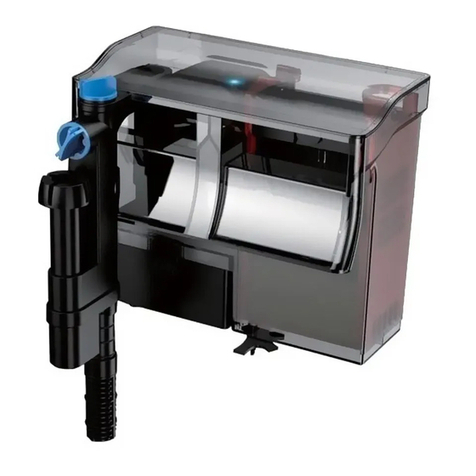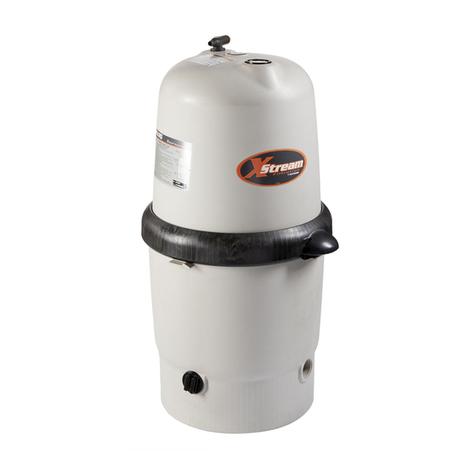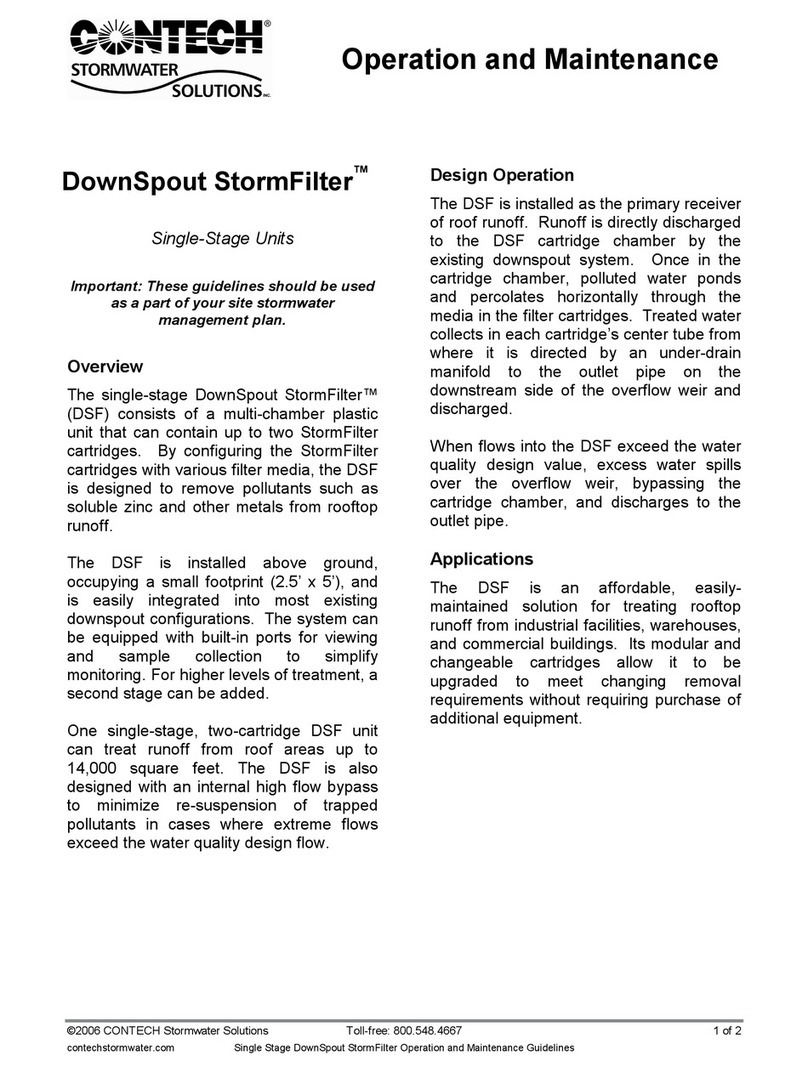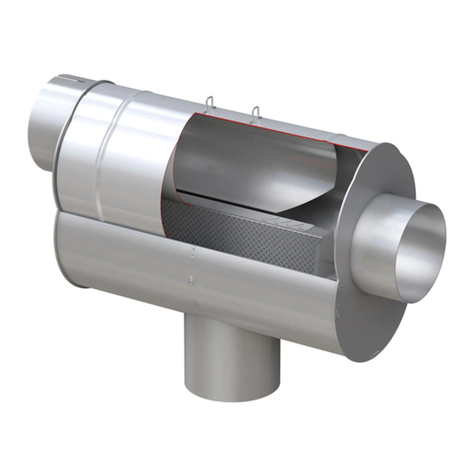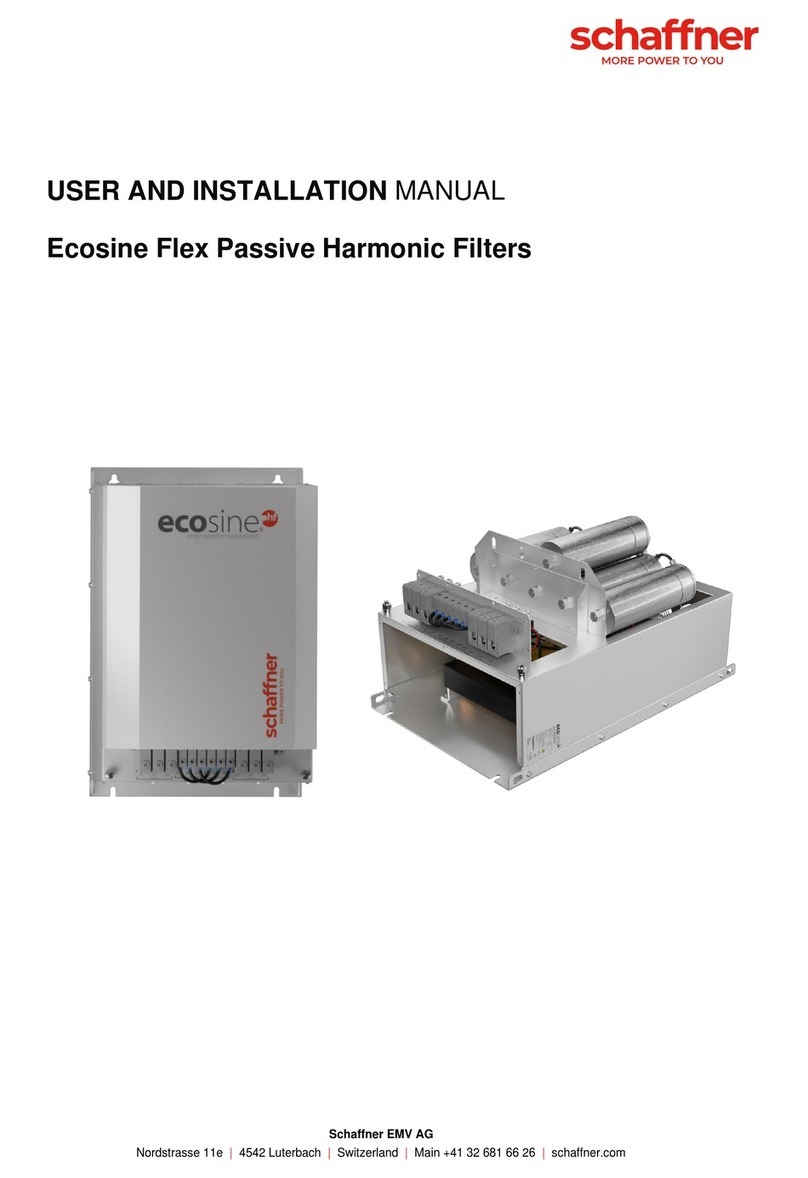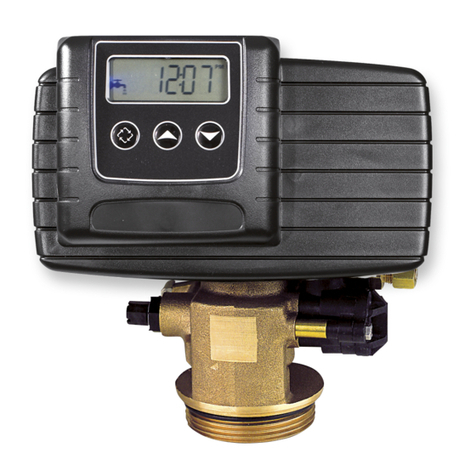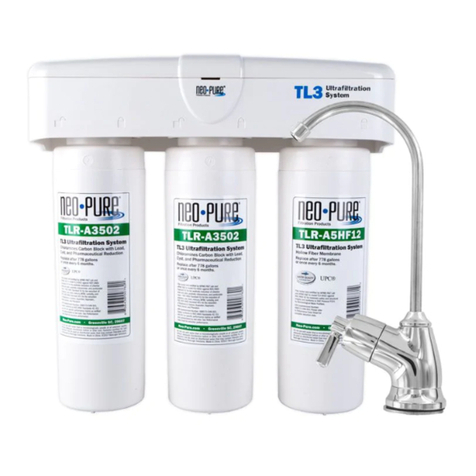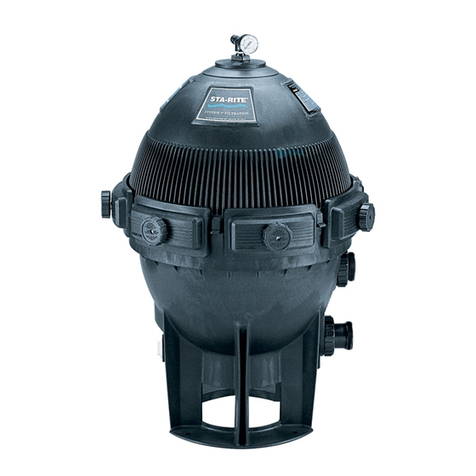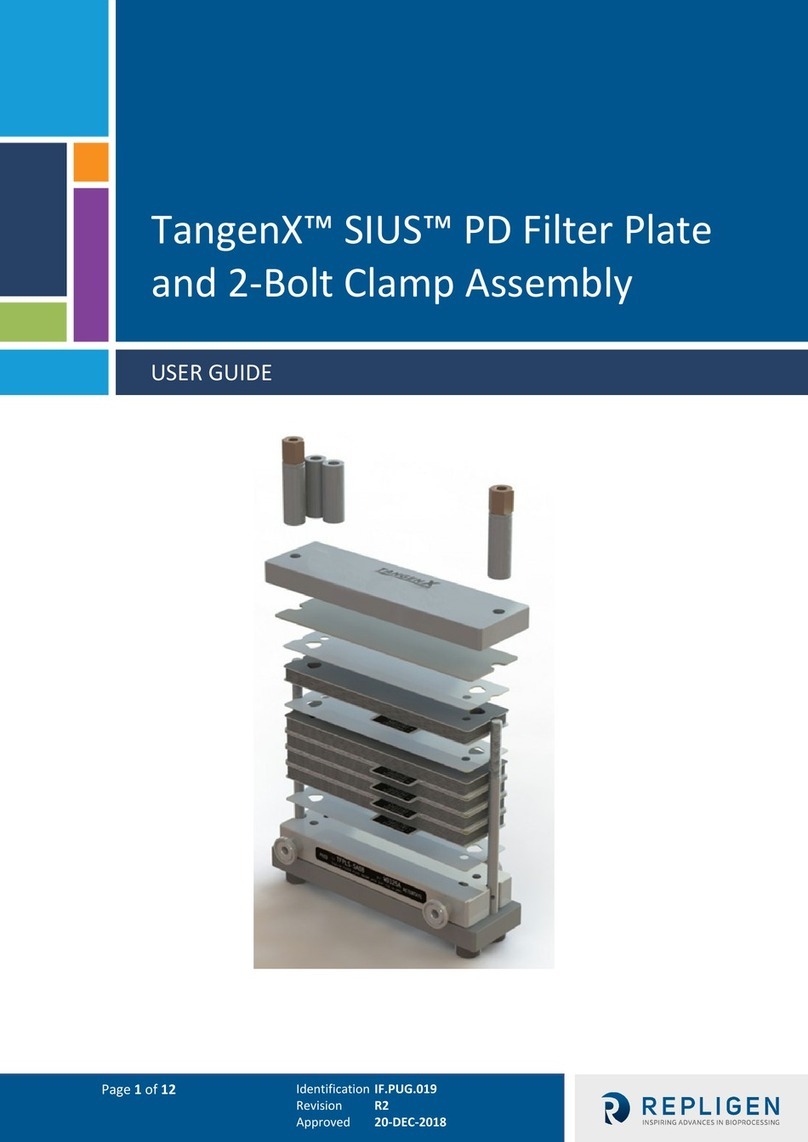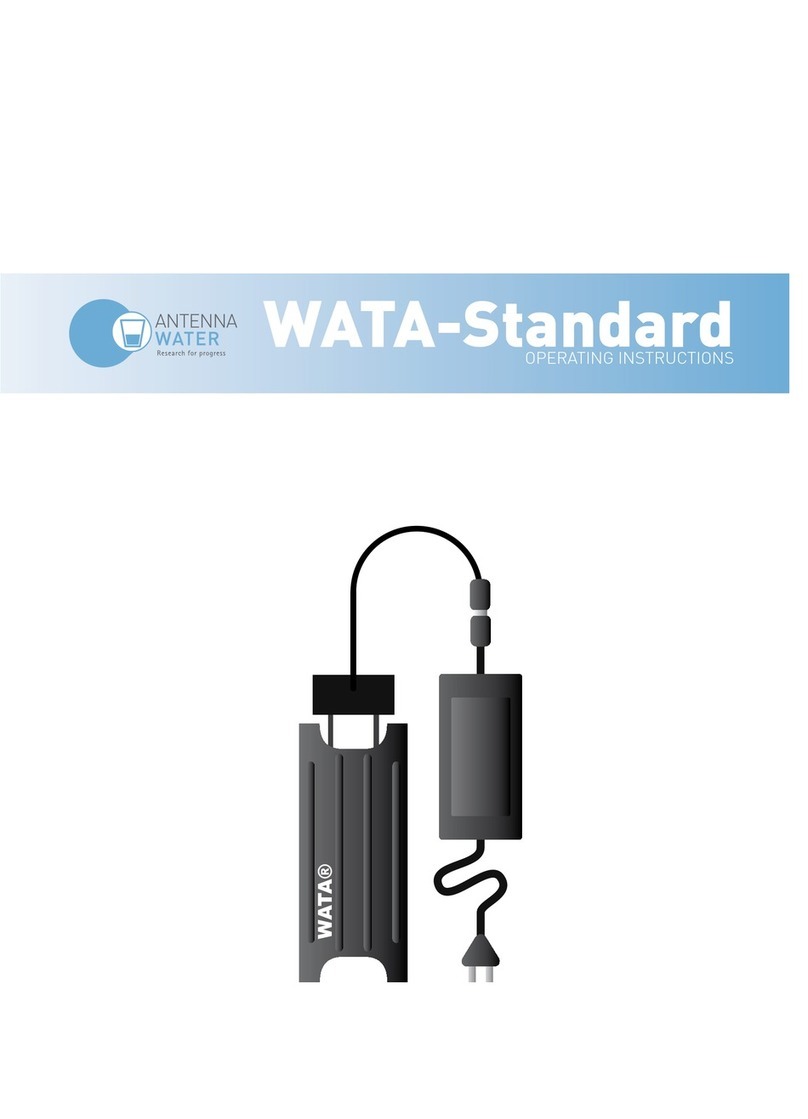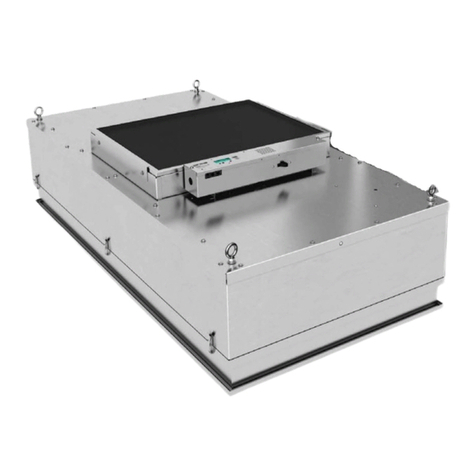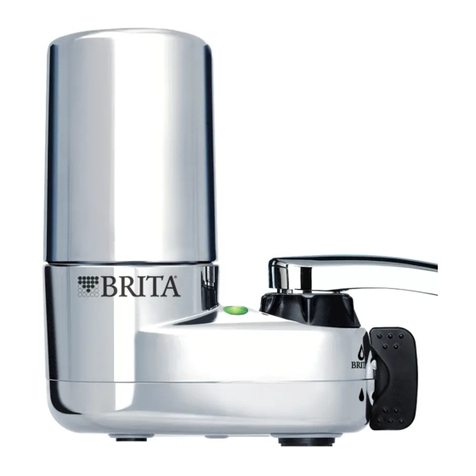
XCell® ATF 2 and 4 Stainless Steel Housings
SG-SSATF24 rev 1
2. Description of XCell® ATF Stainless Steel Housings
XCell® ATF Technology includes two sizes of housings to support a fully scalable process. An
integrated diaphragm pump provides alternating tangential flow through a hollow fiber filter which
retains large components (i.e., cells) and removes waste or product components (permeate/filtrate).
An additional pump continuously removes cell-free permeate from the system.
2.1 Components
•Filter housing: XCell® ATF 2 utilizes a fully encapsulated hollow fiber membrane that is
attached above the stainless steel diaphragm pump. XCell® ATF 4 includes a stainless steel
housing that holds the hollow fiber filter.
•Diaphragm pump: spherical housing in which a silicone diaphragm membrane is inflated and
deflated by pressurized air or vacuum, creating alternating flow.
•XCell® ATF to Bioreactor (A2B) connection assembly: tubing assembly connecting the
filtration assembly to a bioreactor or process vessel.
•Bioreactor adapter: adapter between the connection assembly and bioreactor port. Typical
fittings for glass bioreactors include Ingold or tri-clamp. Single-use bioreactors (SUB) use
disposable, aseptic connectors.
Note: Bioreactor adapter is not provided.
•Hollow fiber membrane (HFM) or hollow fiber filter (HFF): 0.2 or 0.5 µm or 50 kD pore size
filter, positioned between the bioreactor and the diaphragm pump.
•Filtrate/harvest tubing: sterile tubing and fittings connecting the housing to the collection
vessel. Compatible with a filtrate/harvest pump.
Note: Filtrate/harvest tubing and pump are not provided.
2.2 XCell® ATF Housing pump cycle
The diaphragm pump generates alternating tangential flow (ATF) through the hollow fiber filter. ATF
is a pulsating, reversible flow of liquid between a process vessel and diaphragm pump.
The process consists of two cycles (Figure 1), the pressure cycle (P-cycle) and the exhaust cycle (E-
cycle). The P cycle occurs when air is fed into the ATF pump, moving the diaphragm up towards the
pump liquid-side (PL) hemisphere and driving the liquid from the diaphragm pump through the HFF
and into the process vessel.
The E-cycle occurs when vacuum is introduced, thus pulling the diaphragm down towards the pump
air-side (PA) hemisphere, and liquid is pulled from the process vessel through the HFF, and back into
the diaphragm pump. The diaphragm must travel between the two extremes to complete one cycle.
The flow through the hollow fiber filter generates tangential flow in each direction in an alternating
fashion.
